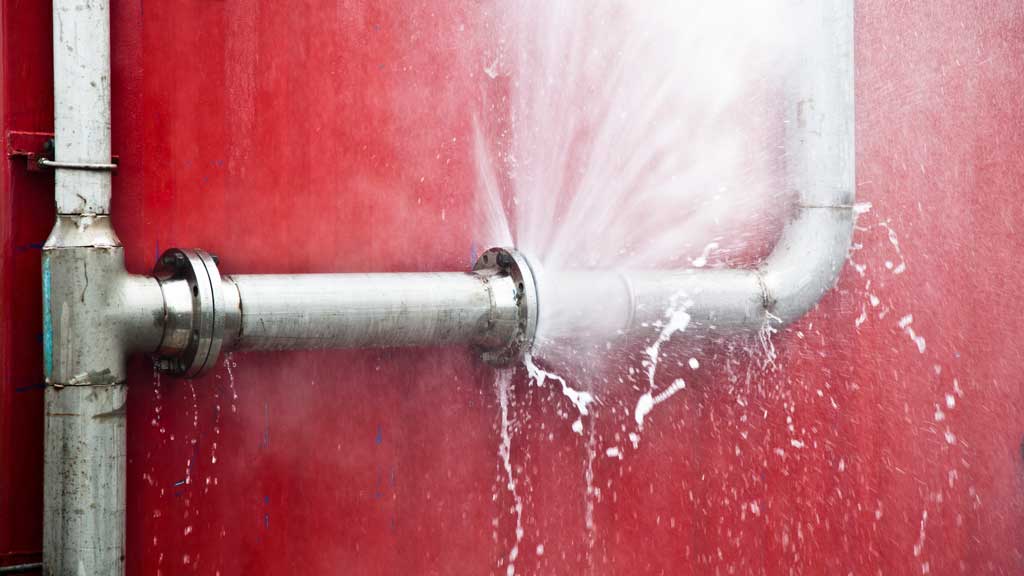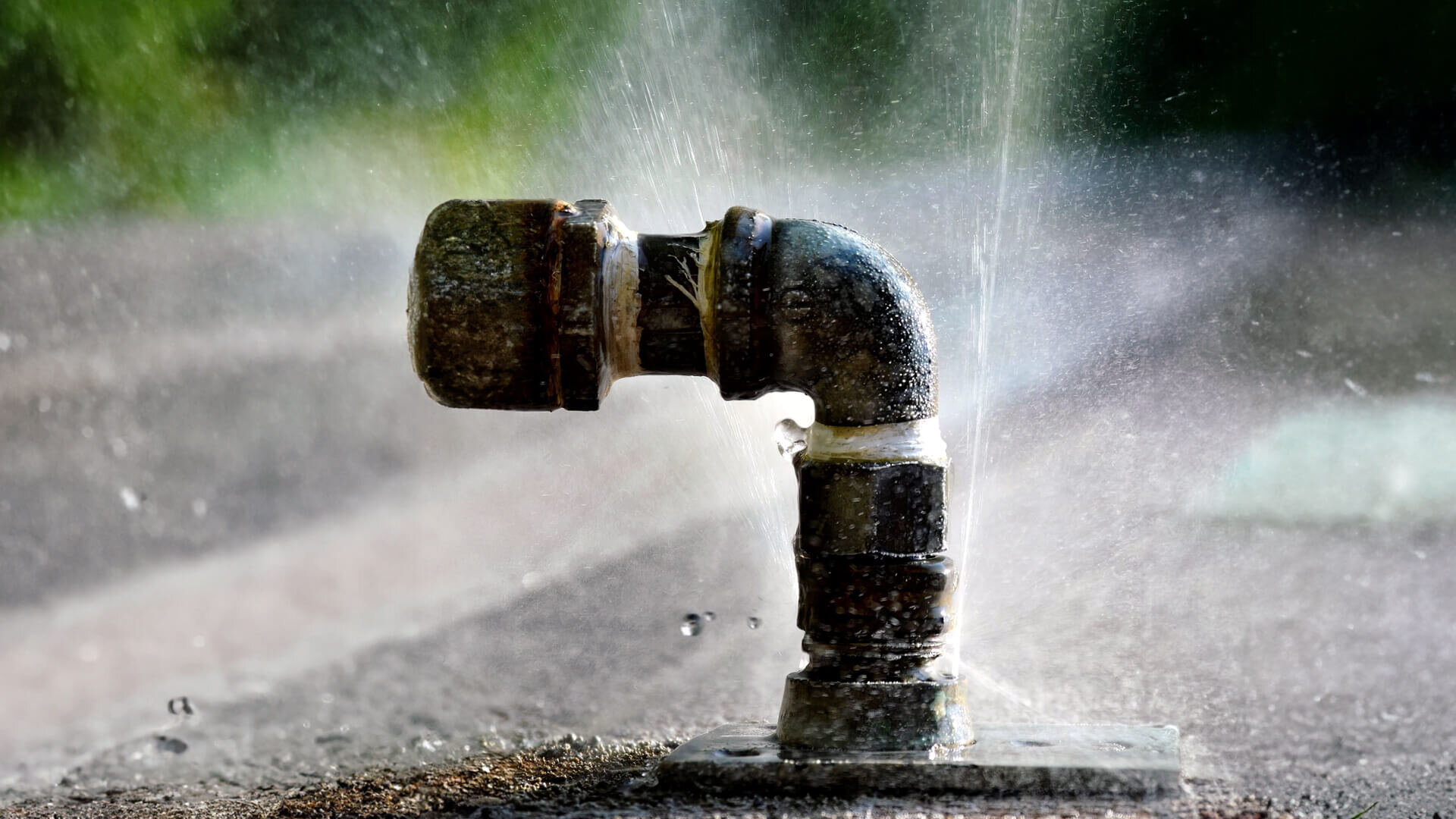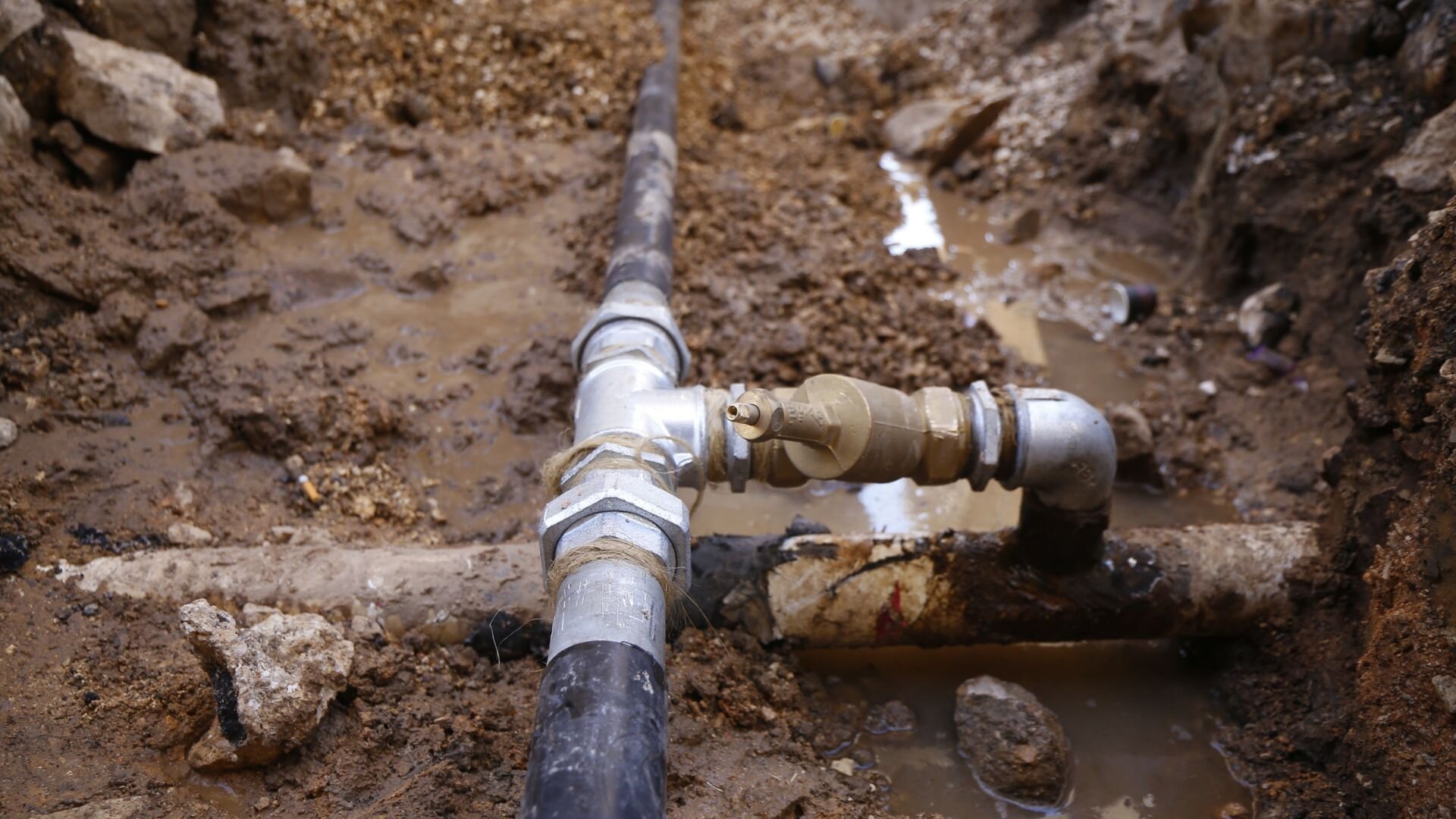Signs of a Burst Pipe: How to Identify and Address the Issue Before It Escalates
Signs of a Burst Pipe: How to Identify and Address the Issue Before It Escalates
Blog Article
Stopping Burst Pipes: Vital Tips to Safeguard Your Pipes
Avoiding burst pipes is an important problem for home owners, particularly during cooler months when the threat of cold is enhanced. Applying tactical measures such as appropriate insulation, routine inspections, and keeping consistent indoor temperatures can significantly minimize the chance of pipeline failure.
Understand Pipeline Vulnerabilities
Understanding pipeline susceptabilities is necessary for efficient pipes maintenance and preventing costly damages. Several aspects add to the susceptibility of pipelines to bursts, consisting of material make-up, age, and environmental conditions. Older pipelines, especially those made from galvanized steel or polybutylene, often weaken gradually, leading to raised risk of leakages and ruptures.
Temperature level variations can likewise significantly impact pipeline honesty. In colder climates, water entraped in pipelines can freeze, putting in and broadening stress on the pipeline wall surfaces, which may inevitably bring about a ruptured. Moreover, high water stress can strain pipes, specifically at joints and bends, heightening the likelihood of failure.

Insulate Water Lines Effectively
Proper insulation of pipelines is essential for preventing cold and subsequent ruptureds throughout winter (burst pipe). Shielding your pipes system successfully safeguards against temperature drops that can cause pricey damage. Begin by identifying at risk locations where pipelines are subjected to exterior temperatures, such as cellars, attics, and outside wall surfaces
Usage foam pipe insulation sleeves or wrap insulation tape around these areas to supply a safety obstacle. Make sure that all sections of the pipelines, particularly those with restricted warm exposure, receive adequate insulation. Pay unique attention to joints and fittings, as these are extra at risk to freezing.
When protecting, it's important to select materials that meet regional structure codes and are proper for the specific atmosphere. Fiberglass insulation is usually recommended for its thermal resistance homes. Additionally, think about utilizing warmth cables or tape in extreme problems, which can be plugged in to give supplementary warm
Regularly check shielded pipes for any type of indications of wear or damage, as jeopardized insulation can diminish its effectiveness. By taking these proactive actions, you significantly decrease the danger of pipeline bursts, making certain a trustworthy plumbing system throughout the winter season months.
Maintain Consistent Temperature
A secure interior temperature level is important for avoiding burst pipelines during the freezing months. When temperatures decline, water within pipelines can ice up, producing and expanding stress that might inevitably create the pipelines to burst. To reduce this danger, house owners must maintain a constant temperature throughout their living area, preferably no less than 55 ° F(13 ° C)Making use of a programmable thermostat can help manage interior temperatures effectively, making certain that areas with plumbing stay cozy even when your house is vacant. Pay unique focus to locations that are extra prone to cold, such as garages, basements, and attics. Keeping closet doors open under sinks can also enable warmer air from the home to distribute around plumbing.
Additionally, it is prudent to enable taps to trickle slightly throughout severe cool spells. This small circulation of water can prevent freezing by relieving stress within the pipelines. Throughout specifically extreme climate occasions, think about momentarily suspending any type of nighttime problems on your thermostat to preserve a stable warm setting. By executing these strategies, property owners can substantially decrease the risk of pipeline ruptureds and safeguard their pipes systems against the extreme winter months elements.
Frequently Evaluate Pipes
Routine inspections of plumbing systems are vital for avoiding burst pipelines and maintaining overall home integrity. Regular checks allow homeowners to recognize prospective concerns before they rise right into costly repair services or major water damage. Throughout these assessments, it is necessary to check out noticeable pipelines for signs of deterioration, leaks, or use. Pay special attention to locations susceptible to cold, such as cellars, attic rooms, and outside walls.
Furthermore, evaluating connections and joints is essential, as these points are typically prone to leaks. Homeowners ought to likewise analyze water stress degrees, as extreme pressure can strain the plumbing system and boost the danger of pipeline bursts.
Think about organizing specialist pipes assessments at the very least when a year, specifically prior to winter months, to ensure your system is prepared for colder temperature levels. By being proactive in your strategy, you can secure your home against the turbulent and expensive effects of ruptured pipes.
Know Emergency Treatments
Recognizing emergency situation treatments is crucial for every property owner, particularly after conducting regular pipes inspections. Being prepared for a pipes emergency can substantially minimize damage and conserve costs.
Next, keep important tools handy. A plumbing emergency set should consist of a wrench, bettor, and towels, in addition to a flashlight and a bucket for little leaks. Additionally, take into consideration having the call information for a relied on plumbing professional readily available, should the scenario rise beyond your control.
If you detect a leak or burst pipe, quickly transform off the supply of water and notify your plumbing professional. Additionally, record the damage with photos for insurance coverage objectives. burst pipe. Understand the indications great post to read of prospective plumbing problems, such as unusual water pressure variations or damp spots on wall surfaces
Inevitably, aggressive expertise and speedy activity are critical in managing pipes emergency situations, guaranteeing your home remains safeguarded and reducing possible damages.

Verdict
In verdict, avoiding burst pipelines demands a diverse strategy that includes understanding pipe susceptabilities, appropriate insulation, preserving regular interior temperature levels, normal assessments, and knowledge of emergency situation treatments. By executing these vital techniques, the threat of pipes failures can be dramatically decreased, therefore making sure the durability and efficiency of the pipes system. Aggressive procedures not only guard against possible damages yet likewise add to overall water conservation and the defense of home.
In chillier environments, water entraped in pipelines can ice up, broadening and applying stress on the pipeline walls, which may ultimately lead to a ruptured. When temperature levels decline, water within pipelines can freeze, producing and expanding stress that may eventually cause the pipelines to burst. By carrying out these approaches, page house owners can considerably decrease the threat of pipeline ruptureds and guard their plumbing systems versus the More Bonuses severe winter season aspects.

Report this page